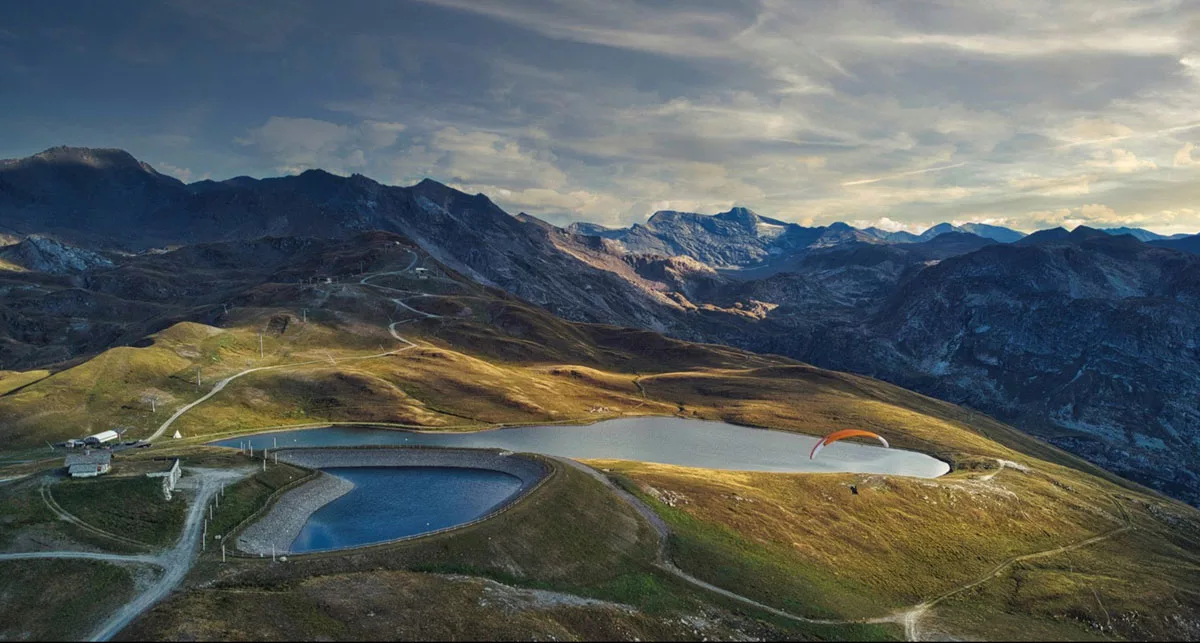Fifty years after the “Plans Neige” in France, ski resorts in our mountain regions are facing the full impact of climate change. To anticipate a future where winter tourism might decline, industry stakeholders did not wait for the Mountain Plan to rethink an economic model overly dependent on skiing. Let’s revisit the sustainable development innovations showcased at the 50th edition of the Mountain Planet trade show held in the Alps in Grenoble, France.
With a Mountain Plan advocating for tourism diversification in two or even four seasons,
various regional stakeholders—in collaboration with urban and rural planners and
industries—are working towards developing innovative and sustainable solutions. The
Challenge? To offer tourist activities in both summer and winter, with or without snow, to
sustain economic activity in resorts while preserving our environment and mountains.
What Innovations Are Decreasing Seasonality in Mountain Leisure Activities?
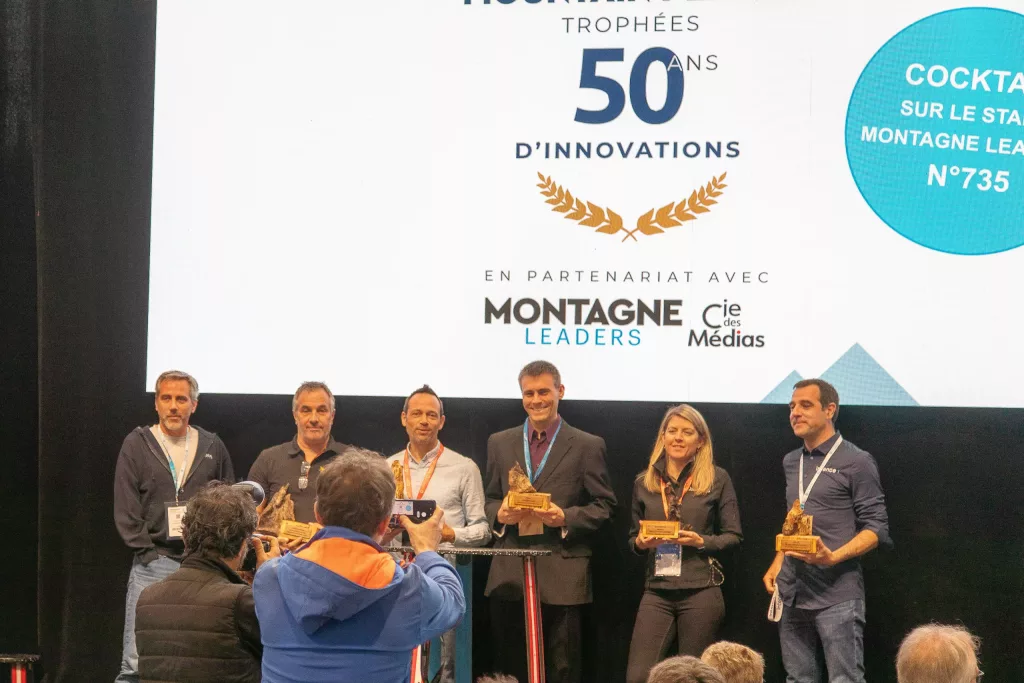
©Mountain Planet-Hervé Doulat
Sustainable development in mountain regions is now at the heart of all discussions about the
future of tourism. This reality highlights the consideration of diversification imperatives by
planners and industries.
Whether it’s the lifecycle of equipment or their versatile use in both summer and winter, the development of soft mobility to reduce the carbon footprint in mountain regions, or the design of non-ski leisure equipment, many products and services demonstrated a commitment to sustainability this year.
At the “Mountain Planet 2024 Innovation Awards” all innovations presented are less than a year old and have already been field-tested or patented. They also integrate into the environment within a region or tourist destination. With a positive environmental impact, these innovations have already received favorable feedback from clients, partners, and incubators.
Mountain Planet 2024 Innovation Awards
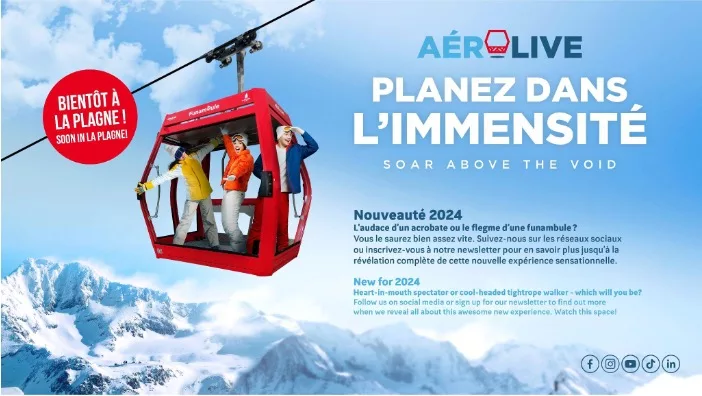
Emblematic of ski resorts, ropeways are now designed to promote tourism and activities
beyond skiing. The “Diversification / Tourism” trophy honors the Aerolive experience and Skyrider cabins, developed by the La Plagne resort’s development planning company in the
Alps.
A future project carried out by POMA in France, these are two completely open cabins,
without any glazing, installed on the new Glacier gondola lift. This aerial experience offers
unique views and sensations. Passengers stand, harnessed at the back, with their feet
above the void. What’s the objective? To diversify activities in mountain regions and make
the destination attractive year-round. The technical innovation lies in the passenger security
mechanism, patented by SIGMA, a subsidiary of POMA. Beyond the mountains, this
sustainable innovation can be implemented in urban areas or tourist sites.
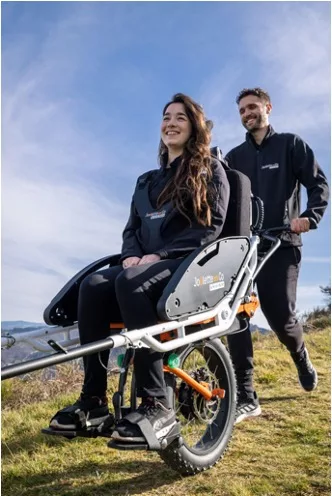
©Joëlette E-Motion
The “Mobility” trophy was awarded to the Joëlette E-Motion for its electric-assisted hiking wheelchair. All-terrain and single-wheeled, it makes mountain areas accessible to people with reduced mobility. The Joëlette thus facilitates participation in outdoor activities like hiking or running. This innovation is intended for all people with disabilities or those who have difficulty moving on uneven terrains, especially in mountains.
The “Jury’s Favorite”
The “Jury’s Favorite” award went to the Orbit brake by Indiana’ventures. Specially designed for Slalomfly zipline carts, this braking system ensures optimal safety while allowing more passages. With its efficient spring system, the Orbit brake automatically activates when
centrifugal force reaches a certain speed. This innovation improves the efficiency of
Slalomfly courses and offers a more dynamic and secure experience for zipline enthusiasts.
This eco-friendly tourist activity is becoming increasingly popular among summer mountain
tourists.
→ More innovations in the Innovation Book by Mountain Planet
The Future of Our Mountain Regions
Interest in the mountains has evolved significantly over the decades. This tourist destination,
particularly the mountain regions of the Alps in France, has established its offering of tourist
spaces thanks to the development of winter skiing. This passion for “white gold” gave rise to many ski resorts as we know them today. Ski slope attendance remains stable, with a slight increase of 2% in winter holiday attendance in 2023-2024 and an occupancy rate of 82% according to the National Observatory of Mountain Resorts.
However, it’s important to note that this year, there was a greater shift towards non-skiing
activities. According to Ski-Planet, these requests saw a 30% increase. This is good news for
the future of the resorts, alongside growing expectations for eco-friendly vacation offerings.
Lastly, the summer occupancy rate was around 50% in summer 2023, according to ANMSM,
confirming the strong return of summer tourism in the mountains.
→ Watch Laurent Vanat’s conference on the International Report on Snow Tourism in replay.
a lire également
Innovation
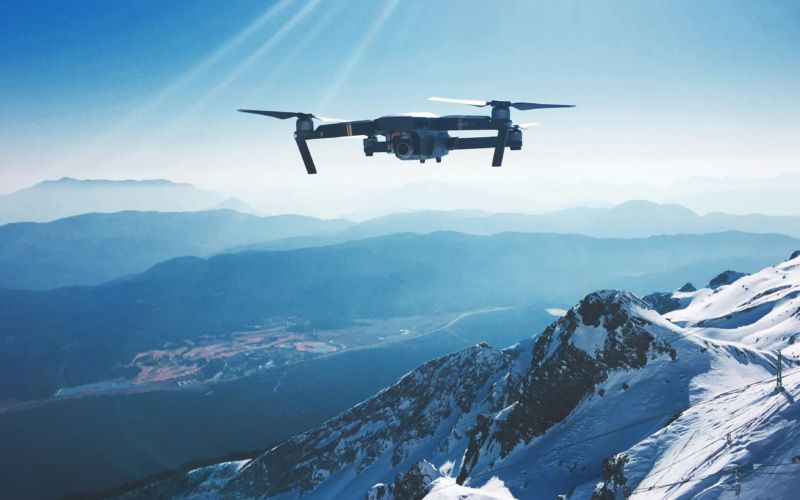
31 October 2024
Artificial Intelligence Enhancing the Mountain Customer Experience
Artificial intelligence is transforming numerous sectors, and mountain tourism is no exception. More and more ski resorts and mountainous regions are adopting AI-based solutions to enhance the visitor experience. Here’s ...
Environment
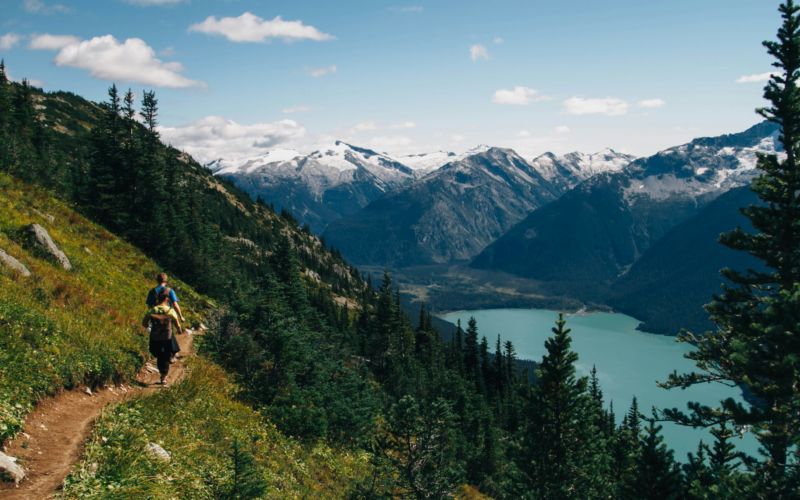
2 September 2024
Summer Activities: What Impact Do They Have on Mountain Ecosystems?
The rise of year-round tourism goes hand in hand with outdoor activities, but these can weaken mountain ecosystems. How are mountain regions tackling these ecological challenges? What eco-friendly practices are ...
Tourism Diversification
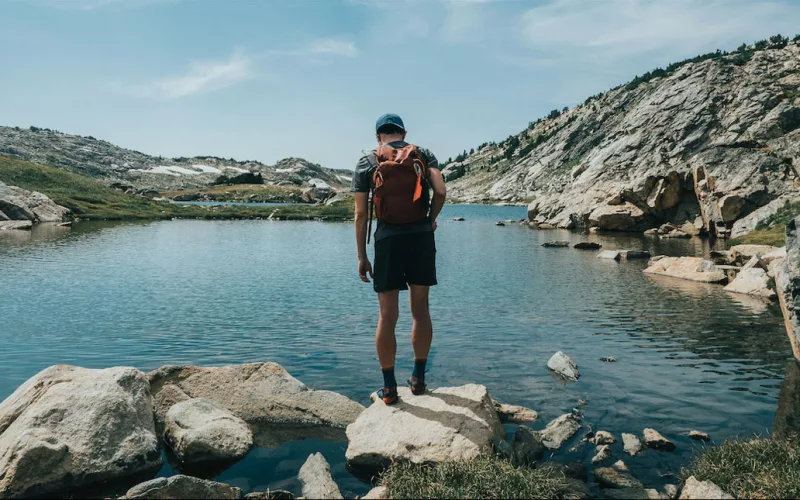
27 May 2024
What kind of tourism diversification for mountain regions?
Mountain stakeholders are among the great witnesses to climate change. In the face of climate skeptics—37% of the population in France in 2023, according to Obs&’COP—the time has come to do ...


